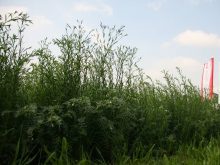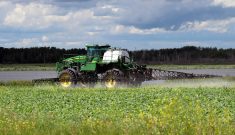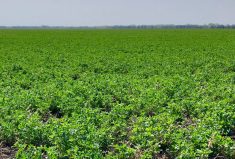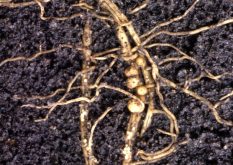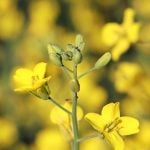Q: What are some strategies to prevent and control crop diseases?
A: The disease triangle states that three components must be present for a disease to occur: a susceptible host, a pathogen and the right environment. By understanding the interactions between the host, pathogen and environment in disease development, farmers can develop effective disease management strategies to help prevent and control diseases in their crops.
To reduce the effects of the pathogen and the potential damage to yield and quality losses in our western Canadian crops, it is essential to target each of these components.
Read Also
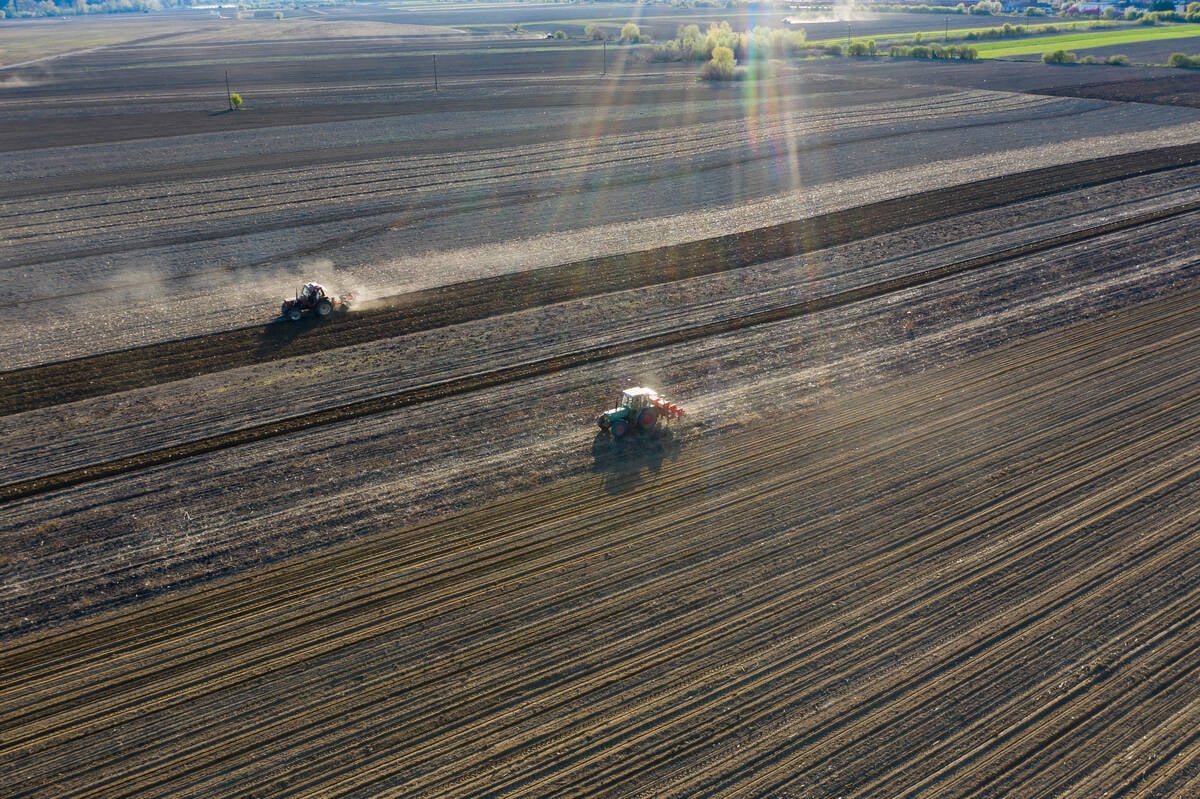
Improving agriculture’s economic and environmental sustainability
Improving the resilience of Canadian agriculture requires more flexible and targeted conservation and safety net programming, according to doctoral and distinguished fellows with the Canadian Agri-Food Policy Institute.
Here are five strategies for producers to consider applying to all major crops in Western Canada.
1. Practice crop rotation. How many producers are using an every-other-year type of rotation (50 per cent of your acres in canola and the other 50 per cent in cereals)?
Longer rotations of one in three years of canola or longer will help to reduce the buildup of pathogens that cause diseases in all crops. This helps to break the pathogen component of the disease triangle.
2. Test germination and seed quality. There are many accredited seed testing labs you can send seed to, not only for germination levels but for seed quality testing. Seed-borne diseases and seed health and viability are determined with seed quality testing. These results can be used to determine proper seeding rates and targeted plant populations.
3. Determine your targeted plant populations. Know your thousand kernel weight (TKW), which is the weight, in grams, of 1,000 seeds from a random sample. It’s highly useful for calculating the optimal seeding rate for a given crop type or variety. Whether it is eight to 10 plants per square foot in canola or 30 to 35 plants for your HRSW, it takes just a few minutes to determine your seeding rate.
Also, take the time to calibrate your drill. How often do growers just pull out the little black book behind the seat in the cab and use the same drill settings as previous years? Higher plant populations than what was originally targeted can, and will, increase diseases such as sclerotinia in canola and blotches and rusts in cereals.
4. Seed treatments are the foundation for a great start to the year. Years when the crop is planted early in the spring, it may be exposed to prolonged periods of cold and wet conditions, which can increase the risk of some soil- and seed-borne diseases.
5. Monitor your fields with regular scouting for disease symptoms. Early detection allows for quick action, reducing the potential spread of the disease and limiting the environmental conditions necessary for the disease to progress.
By combining the above strategies, growers can effectively break the disease triangle and reduce the effects of diseases on their crops.
– Gary Topham, PAg, CCA, is a manager of agronomic solutions for Nutrien Ag Solutions in Manitoba.



